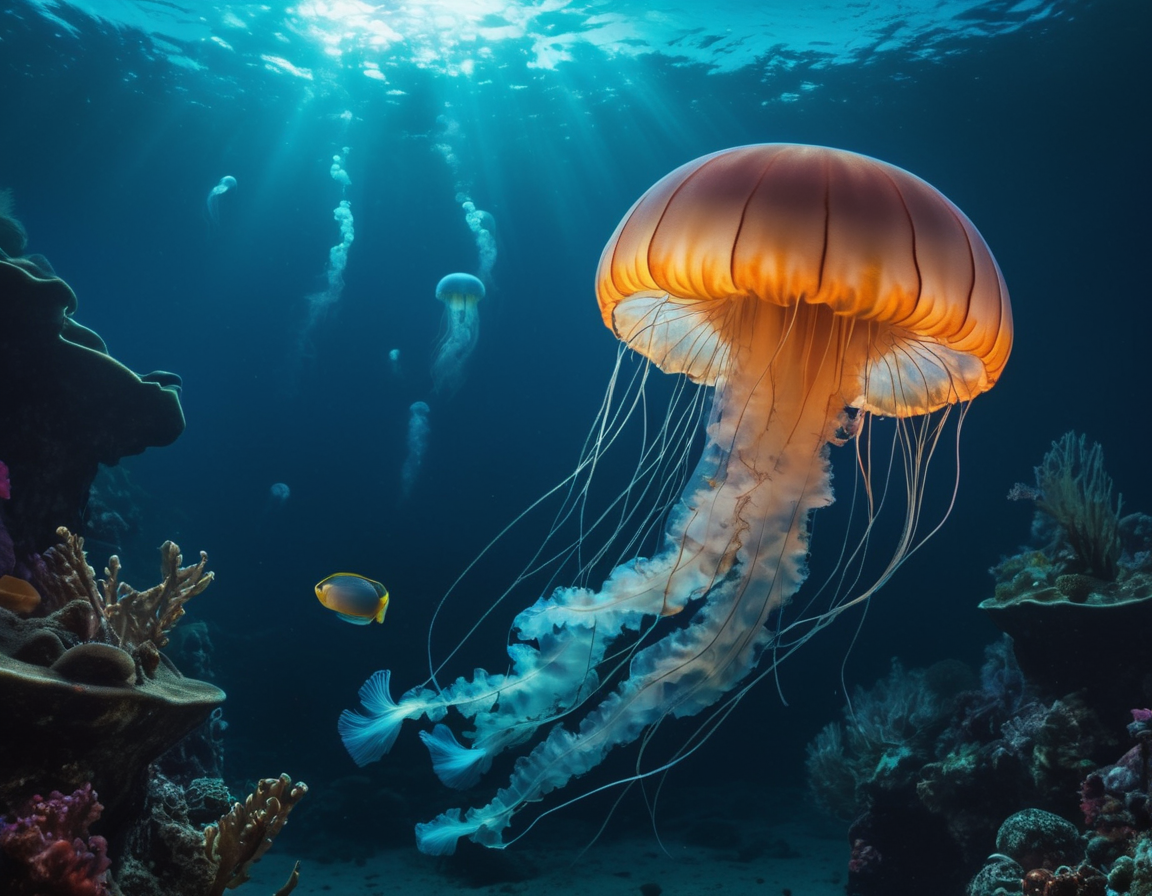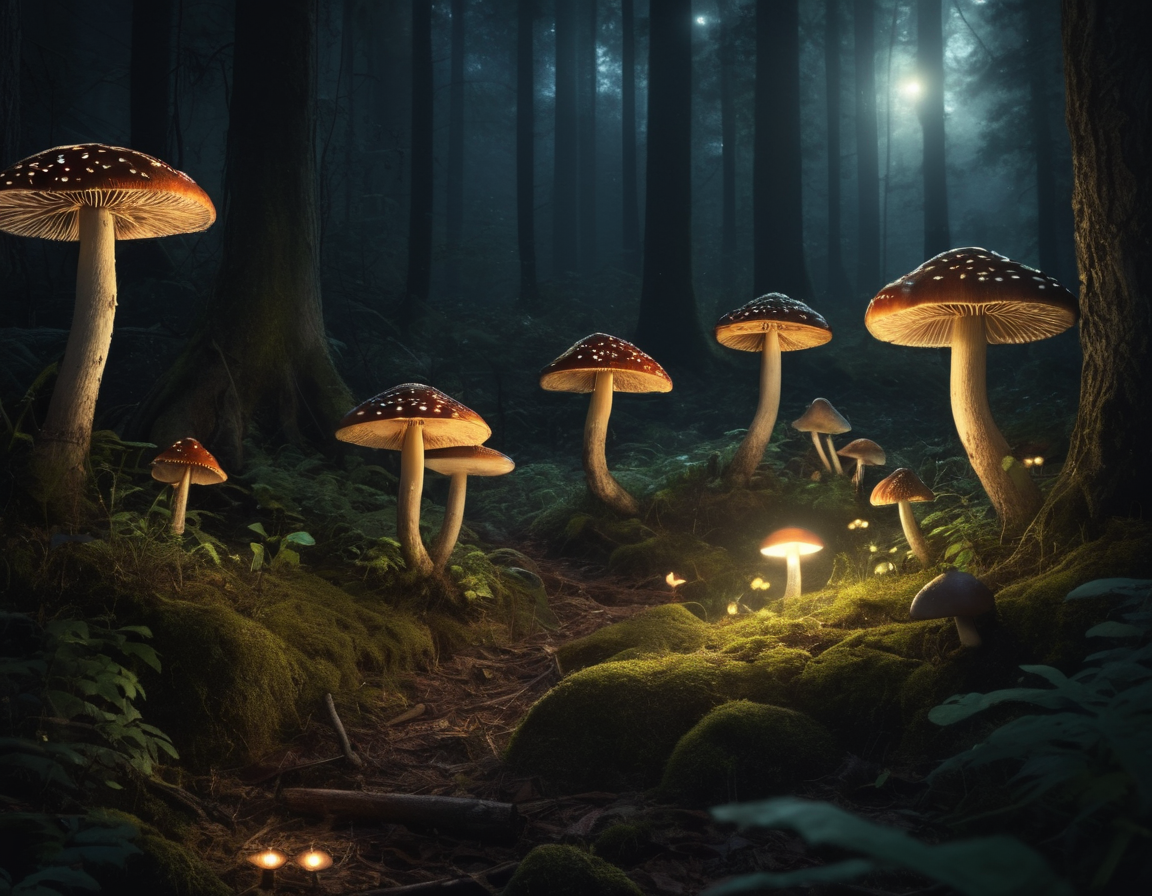The Fascinating World of Bioluminescent Organisms: A Glimpse into Nature’s Glowing Wonders
Discover the Glow: Bioluminescence in the Natural World
From the mystic depths of the ocean to the moonlit forest floors, nature has its own way of lighting up the darkness with a phenomenon known as bioluminescence. This magical glow, emitted by various organisms, paints an ethereal picture that few are lucky enough to witness. In this blog post, we dive into the depths of bioluminescence—exploring what it is, how it works, and why it matters.
What is Bioluminescence?

Bioluminescence is the production and emission of light by living organisms. It’s a form of chemiluminescence where chemical reactions within the organism produce light energy. This fascinating capability can be found in several species, including fireflies, certain fungi, and marine animals like jellyfish, some fish, and plankton. Especially prominent in the depths of the ocean, bioluminescence has shaped a unique world, mostly hidden from human eyes.
How Organisms Create Their Glow
The key to bioluminescence is a chemical reaction that involves at least two primary substances: luciferin, the light-emitting compound, and luciferase, the enzyme that catalyzes the reaction. When mixed with oxygen, these chemicals produce light without generating heat, making it an incredibly efficient form of light production.
The Role of Bioluminescence in Nature
Why do certain organisms glow, and how do they use this ability? The answers vary, but here are a few fascinating functions of bioluminescence:
- Attraction: Organisms use their light to attract mates, like the mesmerizing courtship displays of fireflies.
- Defense: To ward off or distract predators, some species emit bursts of light, such as the squid’s ink cloud filled with bioluminescent bacteria.
- Hunting: Predators use bioluminescence to lure in their prey, like the deep-sea anglerfish with its glowing bait.
- Communication: Light can also be a means of communication, especially in environments where other methods are less efficient.
Bioluminescence: A Light in the Dark
In the ocean’s abyss where sunlight cannot reach, bioluminescence is often the only source of light. It creates a breathtaking scene and serves as an essential survival tool for many marine creatures. But it’s not confined to the depths of the sea; even on land, bioluminescent organisms contribute to the nocturnal landscape. This incredible phenomenon has much to teach us about evolution, ecology, and biochemistry.
Conclusion: The Future of Bioluminescence Studies
The study of bioluminescent organisms continues to shed light on the complex interactions within ecosystems. Moreover, it has inspired breakthroughs in medical research, environmental monitoring, and biotechnology. By exploring and understanding these natural living lights, we not only satisfy our curiosity but also find new ways to utilize their glow.
Witnessing the natural spectacle of bioluminescence is like stepping into another world—one where creatures create their own stars in the darkness. As we learn more about these luminous beings, we discover the brilliance and resilience of life.
Have you ever experienced the wonder of bioluminescence? Share your stories and let’s continue to marvel at the wonders of the natural world together!







